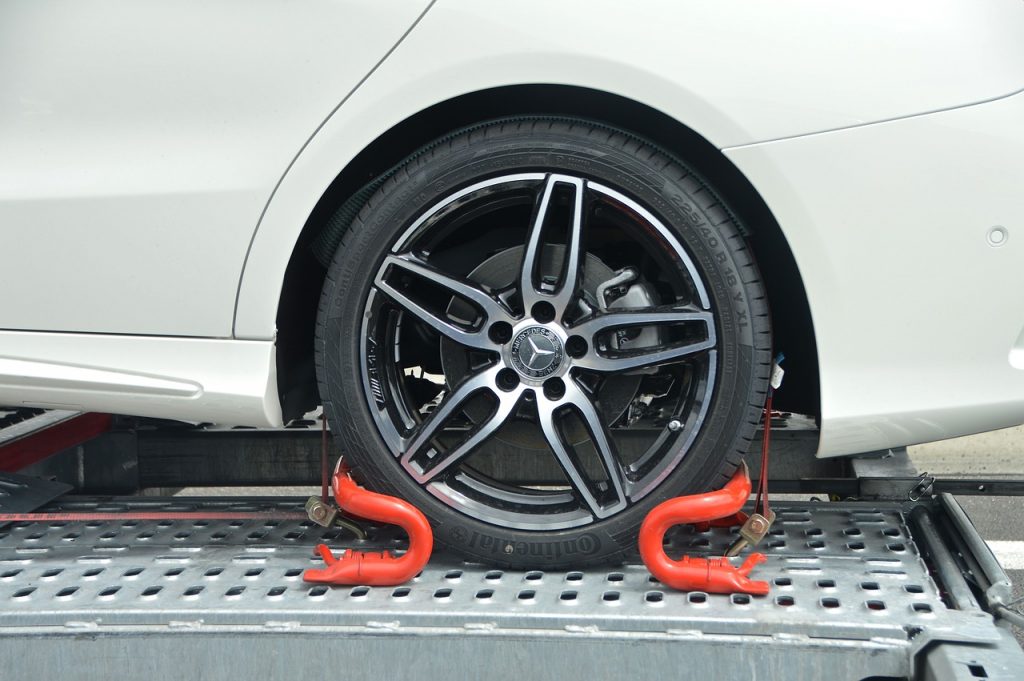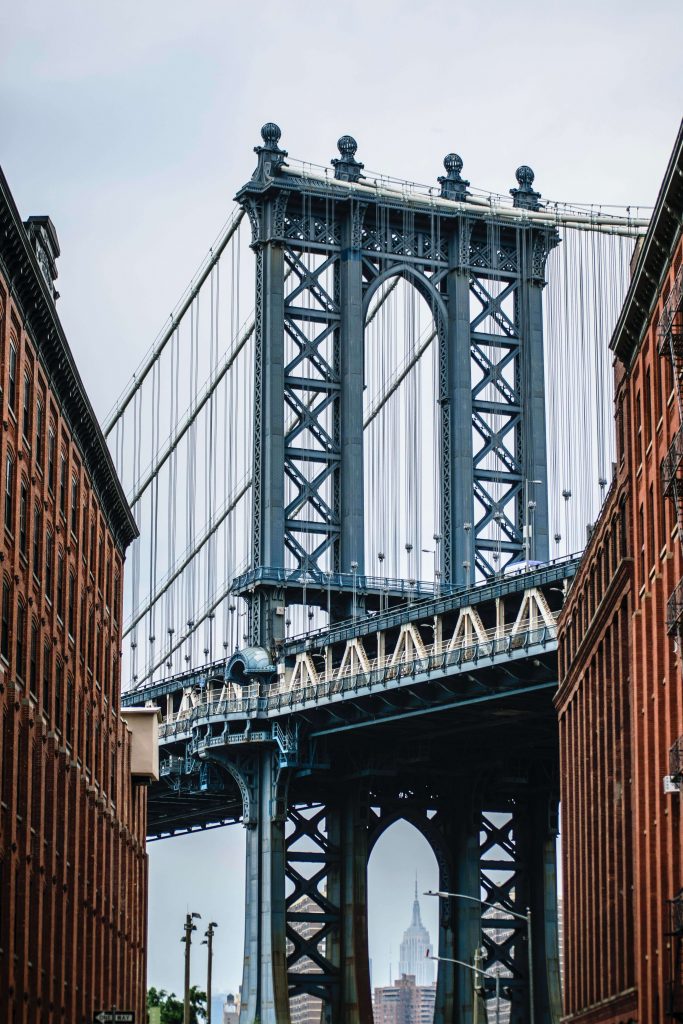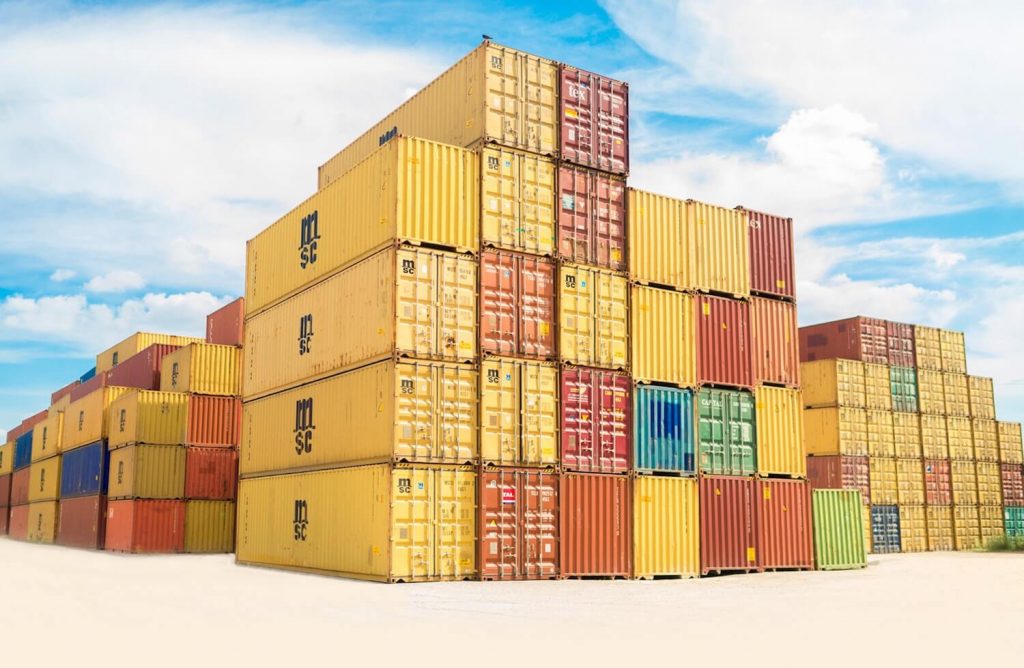
Roof construction – lattice trusses and corrugated sheet. The last stage of building a house is making and covering the roof, which is one of the significant elements of the structure, whose task is to protect the house against rain, snow and wind. The methods of assembling each part of the roof depend mainly on the type of construction chosen for the house.
The roof truss has a large number of supporters, lattice trusses being one of its types are easy to make and light, they can be used in any type of roof.
- https://www.8ig.pl/dlaczego-warto-ubezpieczyc-firme/
- https://www.firmyw1miejscu.pl/sklep-budowlany/
- https://www.bankowe.net.pl/chemia-budowlana/
Flexible lattice truss design
Lattice trusses are an economical method of constructing all types of roofs and provide a solution to many problems associated with complex roof structures. To be able to use roof trusses, in residential buildings only the perimeter walls must be load-bearing. Internal walls become ordinary partitions, there is no need to support beams, posts, etc.
The construction under the floor is simplified because there is no need to place supports under non-bearing internal walls. In places where ceilings of concrete slabs are laid, the laying of internal beams is also simplified.
Strength of lattice trusses
Truss trusses are designed in accordance with building regulations, with particular emphasis on the reliability of each element. The traditional roof construction on the site is based on historic, conservative traditions. To achieve adequate reliability, much more wood is used to build such roofs. The strength reserve of such traditional roofs and retaining walls also depends on the skill of the individual roofer.
Lattice truss roofs can be designed to be more resistant to wind loads and can be attached to the bearing frames of the signage. e safer than traditional roofs. A good design means quick implementation, the use of lattice trusses shortens the construction time. In this case, most roofs can be installed within one working day.
Minimizing the number of employees and the impact of adverse weather conditions on the construction schedule is a big advantage.
Roof plans
Thanks to lattice trusses, any roof can be built, but there are several standard roof types that remain popular in residential construction. Examples:
-
-
- The simplest gable roof – with two surfaces of the same width, they are connected in the middle of the building in the ridge, which is located along the entire length of the roof, the outer walls are under the roofing. For a simple gable roof, only one type of lattice truss is needed.
- Pitched roofs are very popular and can be easily built with lattice trusses that run from the corners to the ridge, and a special truss (with a truncated beam) is placed between the extreme wall and the edge of the ridge.
-
Roof covering – corrugated sheet
Today, galvanized steel sheets are widely used in construction, which, after some processing and coating with a polymer protective layer, become the well-known corrugated sheet. Thanks to such treatment, they not only gain a new aesthetic appearance, but also improve some of the sheet’s qualities (its strength and stiffness). It is the profiling and subsequent processing of sheets with a polymer that makes it possible to use it as a roofing material.
A roofing made of corrugated sheet has its positive qualities:
-
-
-
-
- Simplicity of assembly, low weight, easy to cut, allows the creation of roofs of various architecture, and the transport and installation of the roof are greatly simplified. In addition, the corrugated sheet can be used for various roof structures with almost any angle of inclination.
- High resistance to external mechanical damage, precipitation, ultraviolet light, which allows you to maintain the structure and aesthetics of the material for many years. Possibility of creating a very airtight roof.
- Environmental friendliness. Sheet metal is an environmentally friendly material. Even with protective layers, it does not emit toxic substances into the atmosphere.
- Fire safety. The basis of the metal profile is galvanized steel, which prevents the spread of fire.
- Expense. The price of corrugated sheet varies depending on the thickness of the metal, the amount of zinc and the quality of the polymer coating. This material is cheaper than metal and bitumen tiles.
-
-
-
A roof covered with corrugated sheet will retain its functions and appearance for a long time if the polymer protective layers are not damaged. These layers protect the material from corrosion and rusting. When choosing a roofing material, it is of course necessary to take into account the design assumptions and the load capacity of the lattice trusses.
However, in addition to this, its durability and price are important. And in this respect, corrugated sheet looks very good, because its producers guarantee long-term operation and offer this material at a price disproportionately lower than traditional solutions. Therefore, it is not surprising that sheet metal is used wherever possible.
The service life of galvanized corrugated sheet is estimated to be at least 25 years. There are also more expensive multilayer sheets with polyurethane coating available on the market, which, after being installed on the roof, remain in good condition for up to 40-50 years.






